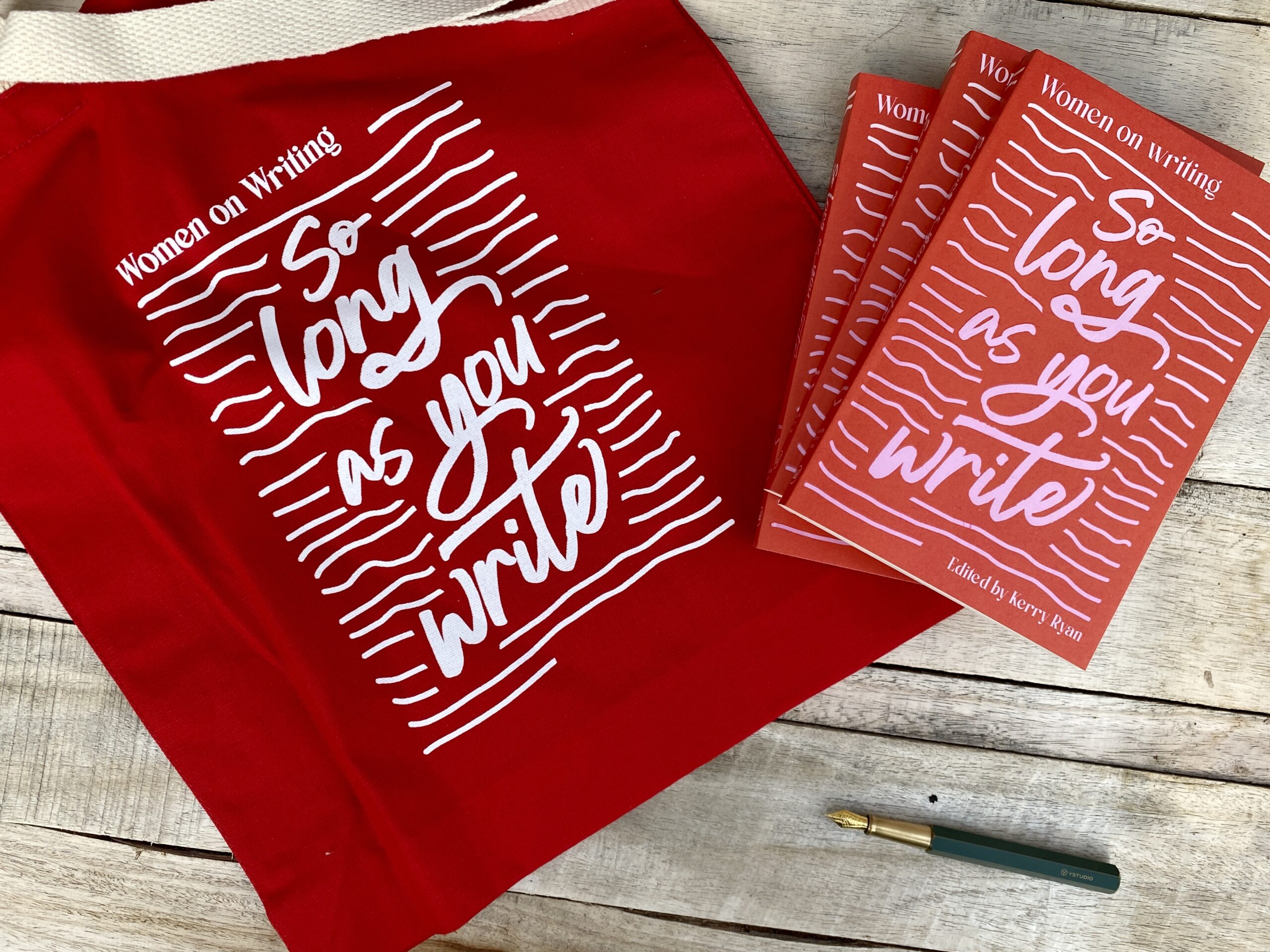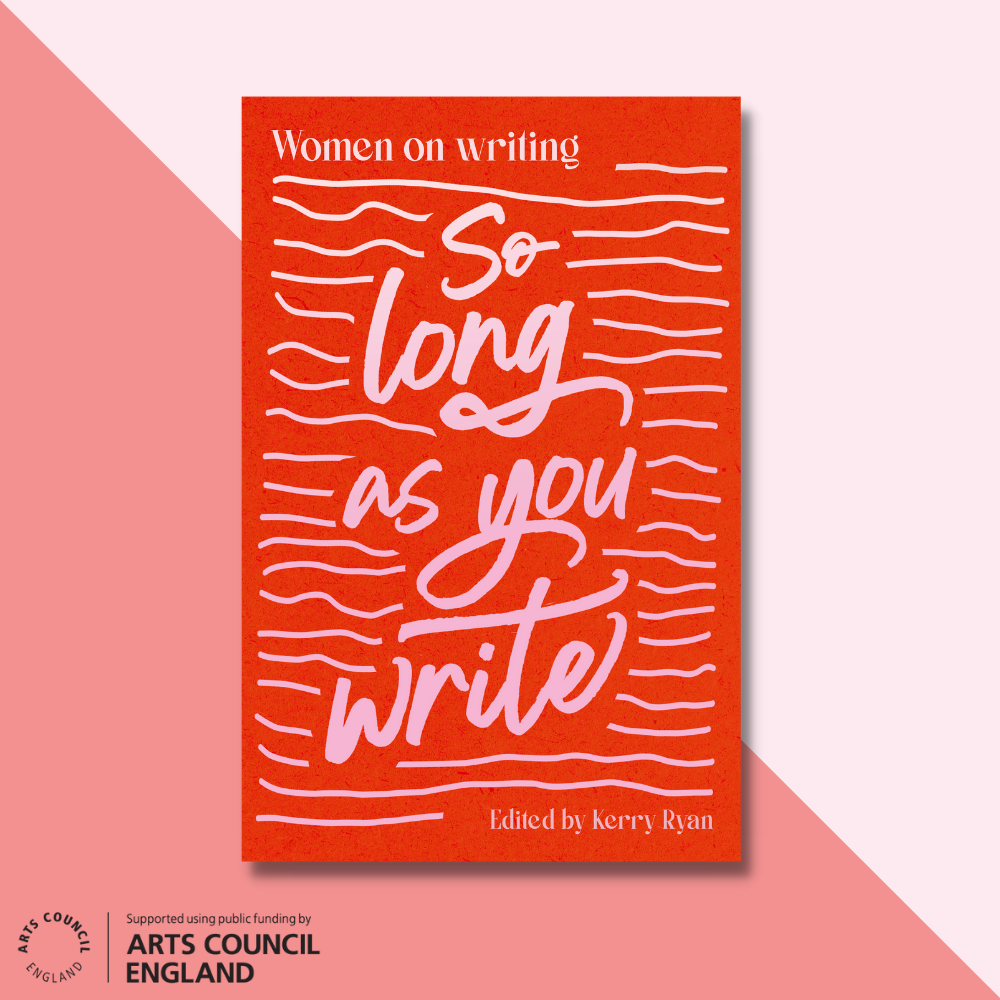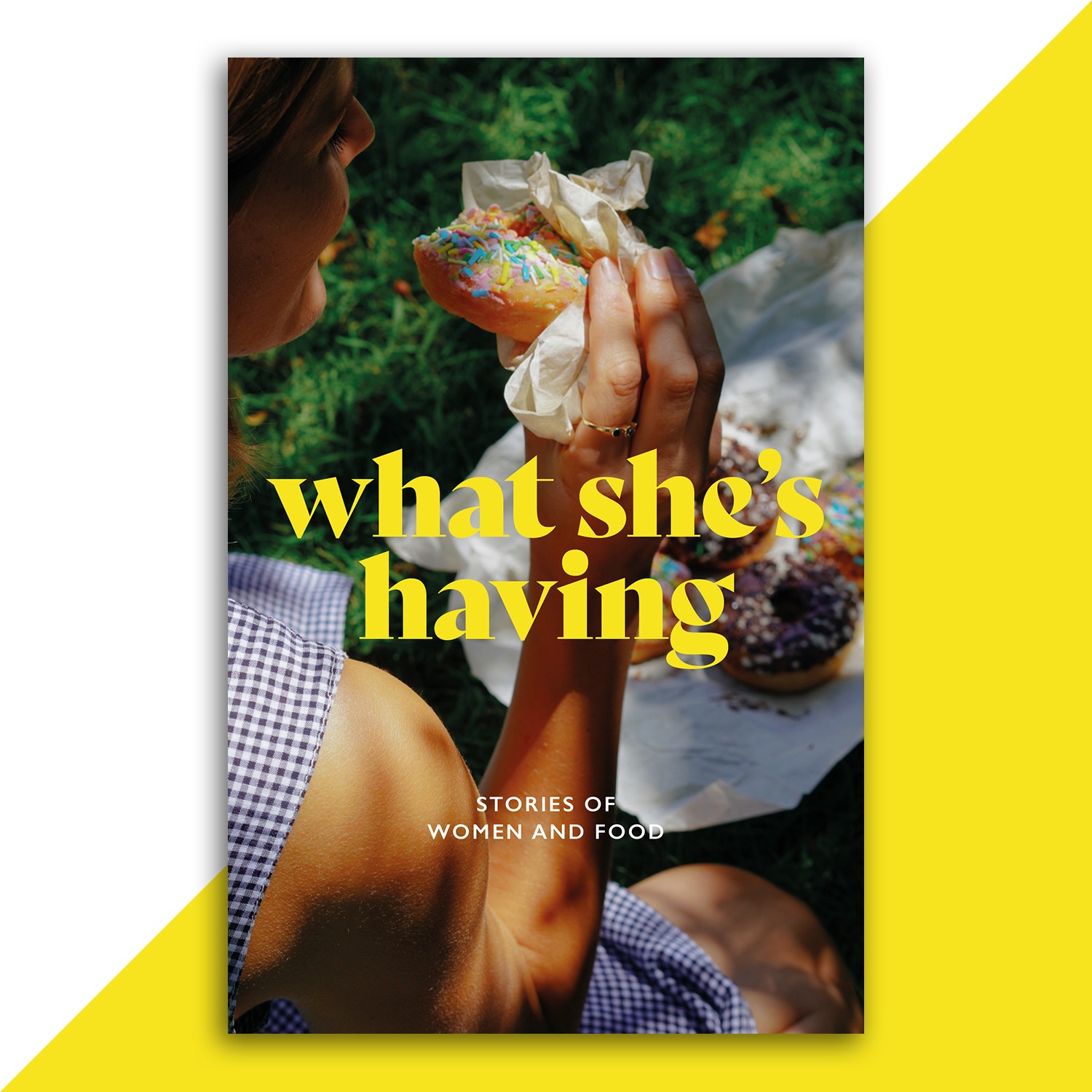The Promise of Empty Playgrounds
by Kat Nugent
The snake in my local park is going hungry. Its diet is a specific one – children, or more precisely, the joy of children. Morning and afternoon, the giant snake once feasted every day. Kids would come from nearby neighbourhoods to climb into its gaping jaws, crawl on all fours over its mosaic scales and demand that their mums and dads ‘watch this!’ as they slid down its tail. But today, on this eerily warm winter morning, there are no children around. Hardly anyone is here, only a few people who, like me, have come to wander the park aimlessly in the hope that our daily walks will be enough to keep us from going mad.
Before the lockdowns, I had never noticed just how many playgrounds there were within walking distance of my apartment block. There are two reasons for this. For starters, my concept of ‘walking distance’ was pitiful. If a journey was going to take me longer than ten minutes to walk, I’d opt for an alternative mode of transport even if that meant cramming myself into a crowded tube carriage on the hottest day of the year. But beyond the fact that I’d never been much of a walker, I simply had no reason to notice them. My days of finding life-affirming satisfaction in the sting of raw, blistered palms – evidence of my undefeated monkey bar records – were decades behind me and as a childless woman in her late twenties, playgrounds offered me nothing. Like laundrettes or drive-through car washes, I knew they existed, I just had no use for them.
Snake Park was an exception. A park within a park, it sits, encircled by a hip-height fence, in the leafiest corner of Stonebridge Gardens, and features heavily in my memories of pre-pandemic life. Unlike the surrounding park which upholds rules of order with its evenly cut grass, cordoned-off flower beds and a neat row of skittle-coloured ping-pong tables, there’s a wildness about Snake Park; a happy chaos soundtracked by the roars of hyper children and the grumble of the overground tracks which tower above it. Every day, on my walk to and from the station, I would pass it, slowing down to admire the majestic reptilian sculpture each time. There is more to the playground than the giant snake, of course: there are multiple swing sets, climbing frames, a metal slide and even a mini-trampoline. But all the children playing on those are just biding their time; waiting for one of the spectating parents to decide that it’s home time and drag away their kid, freeing up some space on the main attraction.
Three weeks into the first lockdown, convinced that my bones were becoming brittle and my brain turning to sludge, I began a regime of daily ambles. It was only then that other playgrounds began to reveal themselves to me. The first one on my route is the West Cashmere House Play Area. Just around the corner from my flat, it juts out from the new-build block like a city-planning afterthought. With only some stiff steel equipment for children to dangle off or spin on, I suppose it doesn’t quite qualify as a ‘playground’, hence its relegation to ‘play area’. Along the canal, I come to the Regent’s Row playgrounds which, against the backdrop of the red-brick seventies estate, stand out like a pair of children’s bandaids on a grown man’s elbow. Next, there are the two that bookend London Fields; one – painted almost exclusively in primary colours – at the bottom towards Broadway Market and the other, which features a climbing dome resembling the molecular models you find in chemistry classrooms, at the top by the arches. Sometimes I’ll take small detours to walk across them just to feel the satisfying squidge of the rubber flooring under my feet. And finally, if I have the energy to get this far, I’ll arrive at the V&A Playground in Victoria Park. From a distance, it looks like a desert settlement of giant wooden chicken coops. In fact, it looks the same close-up.
“I knew that a playground in lockdown would be empty – the same way that I know if an escalator is broken before I step on it – and yet, it still trips me up.”
It was their emptiness that made these playgrounds now impossible for me to miss. There’s a word for that unsettling atmosphere of a place once so full of life now abandoned – ‘Kenopsia’. But the best way I can describe the feeling is like stepping on a broken escalator. You experience a loss of balance; a disorientated wobble caused by an absence of energy which, logically, you already expected. I knew that a playground in lockdown would be empty – the same way that I know if an escalator is broken before I step on it – and yet, it still trips me up.
At first, I found the sight of them only depressing. These deserted playgrounds were perfect illustrations for the doom-and-gloom storyline I played repeatedly in my mind – This is it. This is the end. Because, really, what is more foreboding than the pained groan of empty swings swaying back and forth in the wind? Maybe only the sight of them twisted together and flipped over the top bars, out of reach of little hands entirely. In this new nightmare reality, play had become dangerous, even deadly and these empty playgrounds were symbols of just how freakishly topsy turvy the world had become. But then one morning, I watched a little boy break the rules.
Suffocated by the string of groundhog days my life had become, I decided to shake things up and take a different route on my daily walk, this time turning right out of my block instead of left. I wove through streets lined with Victorian townhouses that I daydreamed about living in until I found myself in De Beauvoir Square. There’s a rose garden there and at that time of the year, the buds were starting to awaken, little pink and yellow parcels unfurling as if stretching their petals after a long nap. I felt there was a kind of reverence to these early-lockdown mornings and it seemed I wasn’t the only one. There were other people in the square, some families and couples but everyone was quiet, conversing in only hushed tones and whispers like tourists shuffling around the Sistine Chapel.
Suddenly, peals of laughter tore through the peace. I’d noticed the family earlier, the dad pushing a stroller with one hand and holding the wrist of his wriggling toddler – who had now broken free – with the other. The boy was sprinting in the direction of the playground, helicoptering his arms as if to propel himself towards it. His dad called out after him which only made him run faster, squeal louder, exhilarated by the thrill of his daring disobedience. By the time his dad caught up to him, the boy had already made it to the top of the climbing frame and the only logical way to ‘get down from there!!’ was to come roaring down the slide. At the bottom, his dad grabbed him and squeezed a dollop of hand sanitiser into his palms as he reprimanded him with words I couldn’t make out. But the boy’s attention was elsewhere. His eyes were closed and he grinned widely, basking in a victory that no kind of discipline could take away.
After that, the playgrounds became a source of sustenance when I was hungry for hope. As much as they remained empty, I could see now that they were also full; layered with afterimages of all the happiness and delight that had once thrived there and which, in time, would thrive there again. The static roundabouts and vacant seesaws no longer seemed lifeless but alive with promise and possibility. Built-up kinetic energy charged through them and one day, inevitably, it would be released. Because while life is unexpected, some things we can more or less count on: broken escalators eventually get fixed.
This realisation lulled the anxieties I had over when all of this would finally end and what the world would look like when it did. I found myself seeking out empty playgrounds, sitting on park benches where they’d be in my clear view as I bravely explored a post-pandemic world. I dared to start dreaming up ideas for my postponed wedding. I made lists of jobs and courses I wanted to apply for, countries I wanted to visit, cities I could move to, restaurants I would eat at and the outfits I would wear to them. To me, the playgrounds became reminders of a life after lockdown; hard evidence that a future was waiting and it wasn’t foolish or naive of me to plan for it.
This morning, the snake in the park is going hungry but these days it rarely does. An empty playground is hard to come by in this latest lockdown. The parks are open and children flock to them as they did before the pandemic started. Sometimes, selfishly, I miss their emptiness. I miss gazing out at unoccupied jungle gyms and letting my imagination run wild and play with all the possibilities of a life that comes after this. So today, I feel lucky to have a moment alone with my old serpent friend. I look into its hypnotic eyes and think not only of playgrounds but of all the things I might not have discovered if it weren’t for the lockdowns, like my love of knitting, the pride of making a pie from scratch, the freedom of not knowing what will come next and the courage to believe that something will. And before I turn around and head home, I close my eyes and picture the world opening up again, and me sprinting towards it, arms helicoptering by my sides and laughter ripping through the air.




